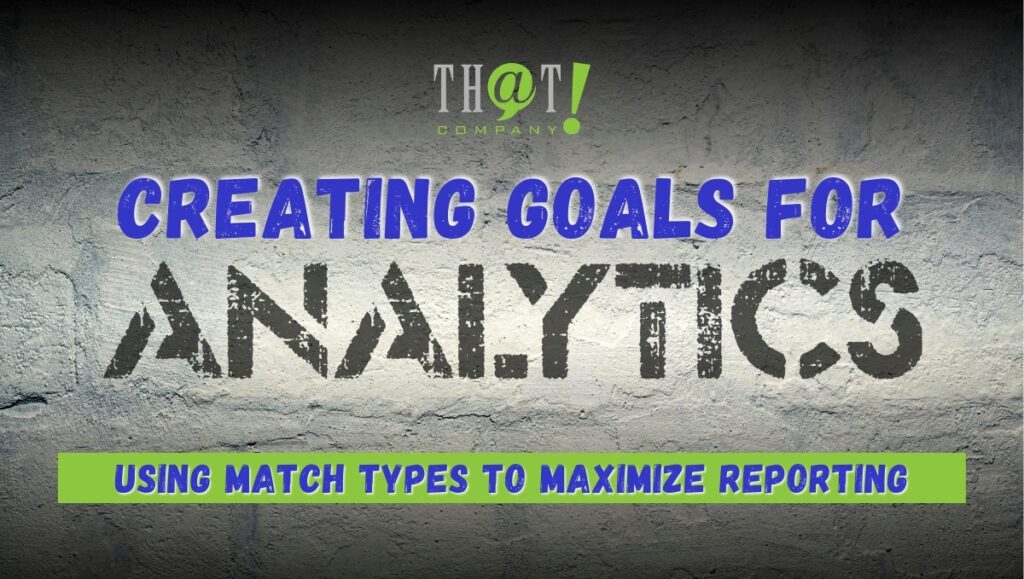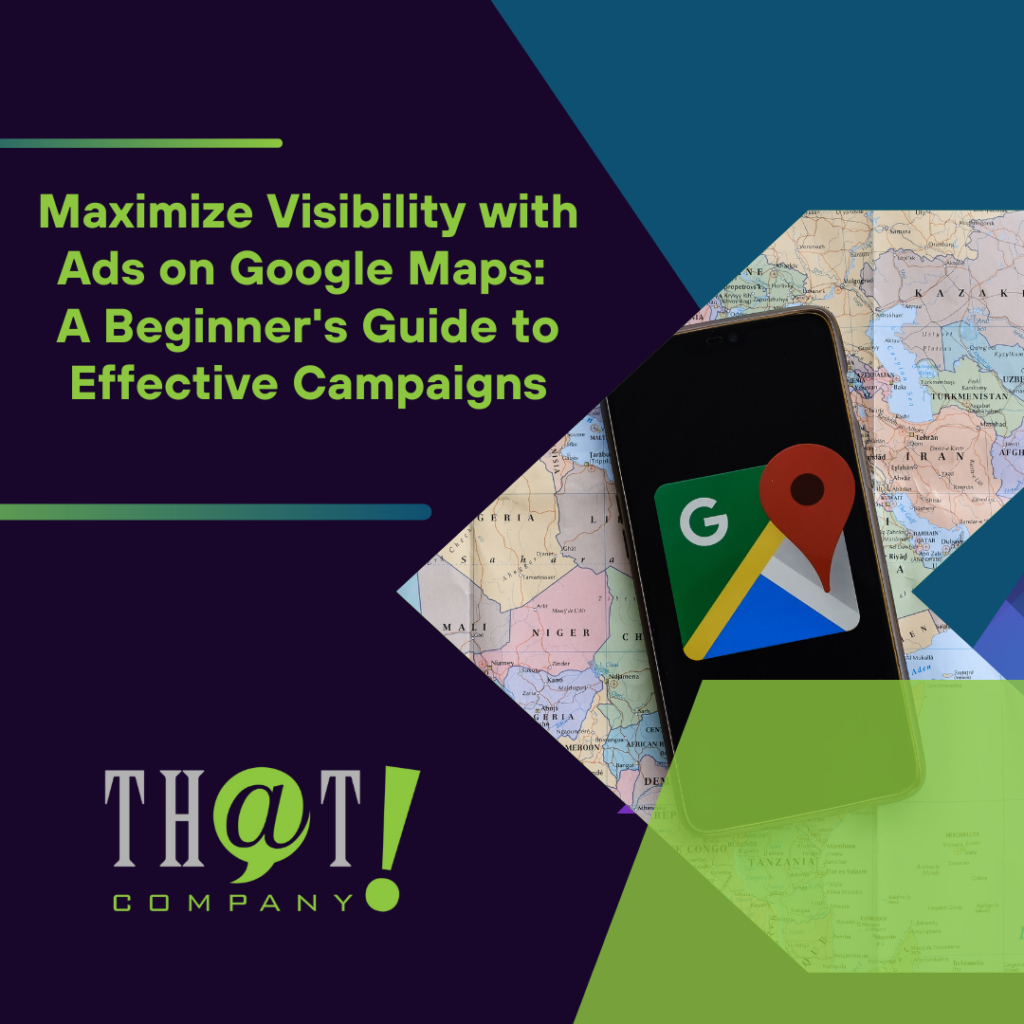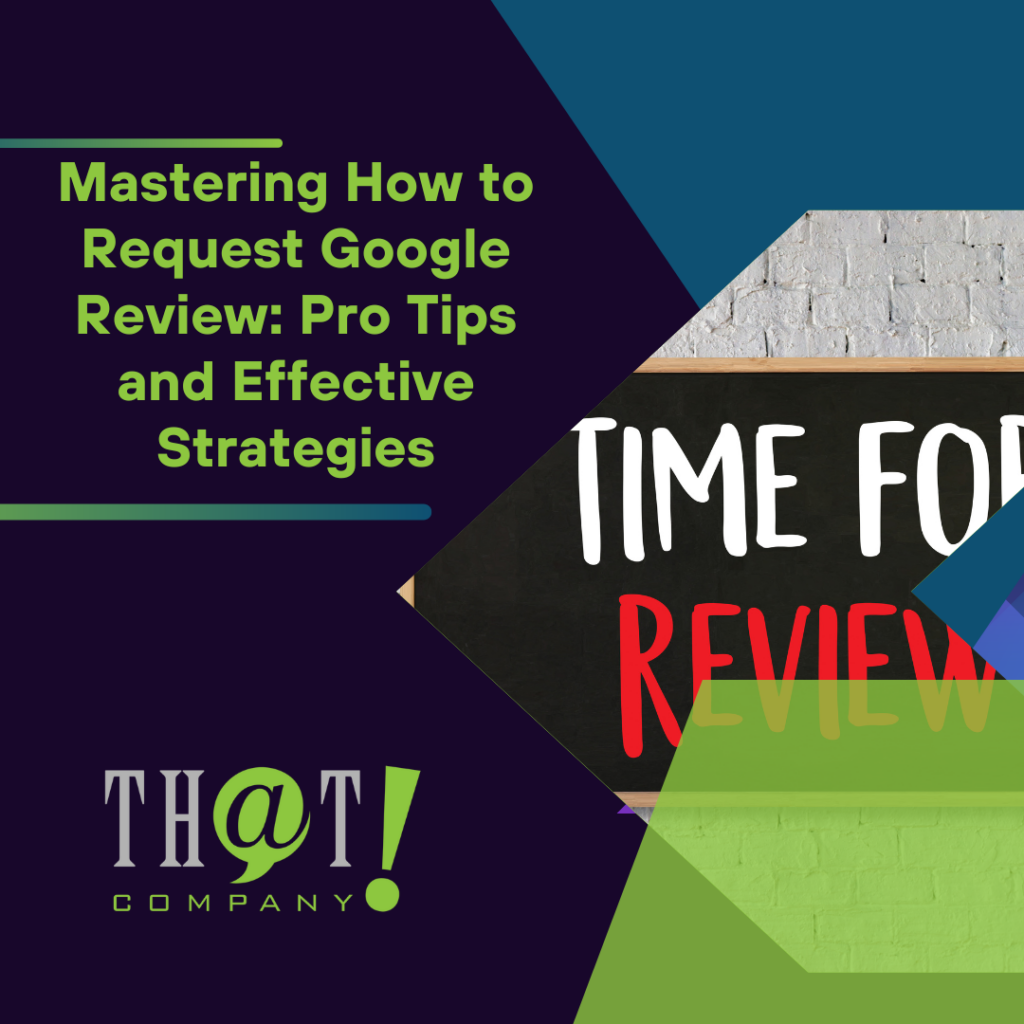
What’s the future of search engine optimization? This article dives into the top trends and strategies that will shape SEO. Expect insights on AI, voice search, augmented reality, and more. Learn how to stay competitive in this evolving landscape.
Key Takeaways
- AI and machine learning are transforming SEO by improving search result relevance and enabling automated content generation, making them essential for future strategies.
- Voice search and mobile optimization are critical factors, requiring businesses to adapt their content to conversational queries and ensure mobile-friendly design.
- User experience, including factors like Core Web Vitals and engaging content, is now a vital ranking factor, emphasizing the importance of site performance and quality content.

AI and Machine Learning in SEO
AI and machine learning are revolutionizing search engine optimization by enhancing the accuracy and relevance of search results. These technologies allow search engines to better understand user intent and provide more personalized experiences. Google’s AI-powered Search Generative Experience (SGE) exemplifies this transformation, offering clear and relevant results that change how users interact with search engines. This development is reshaping the future of search engine optimization, requiring professionals to adapt their strategies.
AI-driven tools have become essential to SEO strategies, automating processes and providing deeper insights into user behavior. Technologies like GPT-4 enable SEO teams to create content that aligns closely with user needs, enhancing relevance and accuracy. Moreover, machine learning algorithms are playing a crucial role in understanding user intent, which is essential for ensuring that content meets user expectations and boosts SEO success.
Looking ahead, AI and machine learning will remain pivotal in SEO. Automating content creation and leveraging predictive analytics will be crucial for staying competitive in the evolving digital landscape.
AI-Driven Content Generation
AI tools are transforming content creation, allowing businesses to generate high-quality content efficiently. About 65% of businesses report improved SEO results through AI, highlighting its effectiveness. Tools like Clearscope assist in optimizing content for relevance by suggesting related terms and phrases, ensuring that the content resonates with target audiences. This AI-driven approach allows for the creation of engaging content that directly addresses user queries, enhancing content relevance and SEO performance.
However, it’s important to maintain a balance between AI-generated content and traditional SEO practices. While AI can significantly streamline content creation, the focus should be on generating content that fully responds to user inquiries with simple language and relevant keywords.
Regular content updates also play a crucial role in enhancing keyword diversity and improving visibility for a wider range of search queries. Incorporating links to relevant content and resources can amplify the impact of AI-generated content.
Predictive Analytics for SEO
Predictive analytics is becoming an invaluable tool in the realm of SEO, enabling marketers to anticipate shifts in consumer behavior and proactively adjust their strategies. Understanding potential future trends enables businesses to create content that targets anticipated consumer interests, enhancing search visibility and driving traffic. This proactive approach helps stay ahead in the competitive SEO landscape.
The insights gained from predictive analytics can significantly optimize content strategies, resulting in improved search rankings and increased organic traffic. For example, by analyzing user search intent and behavior patterns, SEO professionals can refine their strategies to better meet user expectations and achieve higher search engine algorithms and search engine results pages (SERPs) rankings.
Predictive analytics enables SEO teams to develop advanced strategies for long-term success in the dynamic digital marketing environment.

Voice Search Optimization
Voice search is rapidly transforming how users interact with search engines, with predictions indicating that more than 60% of searches will be performed by voice by 2023. This shift necessitates a rethinking of traditional SEO strategies to accommodate the unique nature of voice search queries, which tend to be more conversational and natural in tone. The rise of smart speakers and mobile devices has further fueled this trend, with users increasingly relying on voice commands to seek immediate answers.
Optimizing content for voice search means targeting conversational keywords and long-tail phrases. This approach helps create content that mirrors natural language and answers common queries.
Securing featured snippets can greatly enhance voice search visibility, as these snippets are often read aloud by voice-activated devices, offering immediate answers.
Adapting Content for Voice Search
Adapting content for voice search is crucial for meeting user demands and improving search accuracy. AI tools can analyze user behavior and preferences to tailor content, ensuring it resonates with target audiences. Answering frequently asked questions (FAQs) in content aligns well with voice search queries, as users often ask questions conversationally.
Optimizing for long-tail keywords is essential, as these align with how users phrase voice search queries. Focusing on content relevance and natural language improves chances of appearing in voice search results, ensuring content is engaging and meets user needs.
Featured Snippets for Voice Search
Securing a featured snippet can significantly enhance visibility in voice search results, as these snippets are often read aloud by voice-activated devices. To achieve this, content should be optimized to answer specific queries concisely and accurately. Long-tail keywords attract high search intent traffic and are easier to rank for.
Tools like Semrush’s Keyword Magic Tool can help identify keywords that are likely to trigger featured snippets, providing insights into how to structure content effectively. Targeting these keywords and ensuring content is well-organized and informative can improve chances of securing featured snippets and enhancing voice search visibility.

User Experience as a Ranking Factor
User experience is now a crucial factor in SEO, with search engines prioritizing smooth and engaging experiences. Helpful and accurate content enhances user experience by impacting engagement metrics like bounce rates and time on site. As the future of search engine optimization evolves, strategies like responsive design, mobile optimization, quick load times, and fewer pop-ups will play a key role in improving user experience on websites.
Mobile optimization is critical, as 92% of internet users access the web via mobile phones. Ensuring websites are mobile-friendly maintains high search rankings and provides a seamless user experience. Regular content updates also play a vital role in improving engagement metrics, signaling to search engines that a website is active, relevant, and trustworthy.
Monitoring user engagement metrics is essential for assessing the impact of SEO changes and ensuring ongoing success. Focusing on user behaviors can enhance search rankings and achieve long-term SEO success.
Core Web Vitals
Core Web Vitals are essential metrics that affect how Google evaluates the user experience of a website. These metrics—loading performance, interactivity, and visual stability—contribute to a user’s overall webpage experience. Optimizing these metrics improves search engine rankings and ensures a positive user experience.
Enhancing Core Web Vitals through mobile optimization, reduced load times, and minimized layout shifts improves user satisfaction. This signals a high-quality experience to search engines, leading to better rankings and increased traffic.
Mobile-First Indexing
Google’s mobile-first indexing means it predominantly uses the mobile version of a site for ranking and indexing. This shift underscores the importance of optimizing websites for mobile devices, as failure to do so can result in a loss of traffic and low visibility on Google. Ensuring websites are mobile-friendly maintains high search rankings and provides a seamless user experience.
Prioritizing mobile optimization with responsive design, optimized images and videos, and fast load times boosts rankings in SERPs. This approach helps attract more organic traffic by improving user experience.
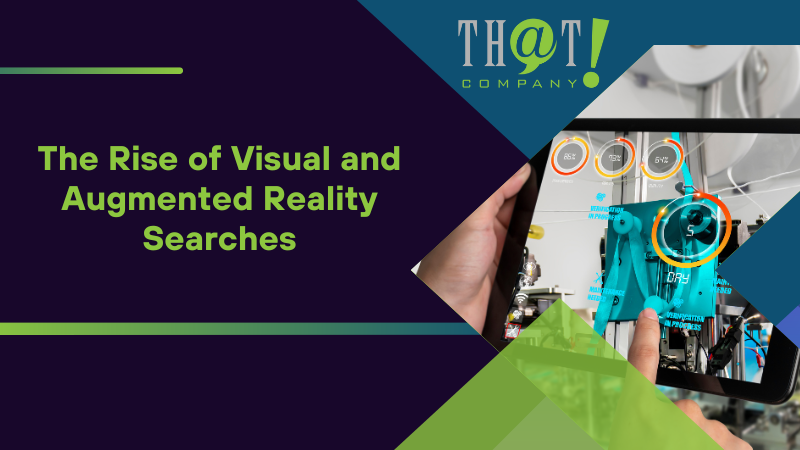
The Rise of Visual and Augmented Reality Searches
Visual and augmented reality (AR) technologies are revolutionizing SEO and shaping the future of search engine optimization. Visual search, powered by advanced machine learning and computer vision, allows users to search using images, enhancing interactions and search accuracy. Augmented reality, on the other hand, enriches the physical environment with digital content, offering users a more immersive and engaging experience.
Incorporating AR-based content into SEO strategies improves chances of ranking higher in SERPs. Showcasing AR capabilities like virtual try-ons or interactive product demonstrations enhances user engagement and search rankings. With an estimated 1.7 billion mobile AR users worldwide by 2024, the potential for user engagement with augmented reality is immense.
Staying ahead of trends like visual and augmented reality searches is crucial for maintaining a competitive edge. These technologies enhance user experience and provide innovative ways to interact with digital content, driving organic traffic and improving SEO success.
Optimizing for Visual Search
Optimizing for visual search is key to the future of search engine optimization, enhancing the visibility and relevance of images and videos in search results. Schema markup and metadata improve image optimization, making them more accessible to search engines. Visual searches leverage advanced technologies like machine learning to find and relate images effectively, providing users with highly relevant results.
Implementing effective image optimization techniques, such as ensuring high-quality visuals and using descriptive alt text, can lead to improved visibility and engagement with online visuals. Understanding visual search technology and using tools for image optimization helps businesses stay competitive and attract more organic traffic.
AR in SEO
Augmented reality (AR) transforms user experience and SEO by providing interactive and immersive content. While AR tools are not direct ranking factors, they significantly improve user experience, indirectly affecting search rankings. High-quality images and videos promoting virtual try-ons or AR capabilities enhance engagement and visibility in AR contexts.
Examples of successful AR implementations, such as Zenni Optical’s virtual try-on feature for glasses, demonstrate how AR can enhance user experience and drive higher engagement. By leveraging AR technology to create interactive content, businesses can improve their search rankings and attract more organic traffic, ultimately achieving greater SEO success.

Enhancing Local SEO Strategies
Local SEO is crucial for businesses aiming to attract customers in their vicinity and plays a key role in the future of search engine optimization. Ensuring local users can easily find nearby products and services drives foot traffic and increases sales. A well-optimized Google Business Profile helps businesses show up in local search results and offers accurate information. Encouraging positive customer reviews and keeping business information up to date are also vital for enhancing local search visibility.
Visual search capabilities further enhance local search opportunities by allowing users to discover local businesses based on images. Additionally, AR technology can provide real-time business information, increasing the likelihood of spontaneous visits and engagement. By incorporating these advanced strategies into their local SEO efforts, businesses can improve their local search rankings and attract more customers.
Voice Search and Local SEO
Voice search significantly impacts local SEO rankings due to the convenience and immediacy of voice queries. Businesses should optimize their Google Business Profile by providing accurate and updated information to ensure they appear in voice search results. Consistency in updating business information is crucial for maintaining local SEO effectiveness and ensuring that users can easily find relevant details about the business.
Phrases like ‘near me’ in content target local searches effectively, as voice searches often include such queries. Focusing on local SEO strategies for voice search improves visibility and attracts more local customers.
Schema Markup for Local SEO
Implementing schema markup significantly enhances search engines’ understanding of a business’s offerings, potentially improving visibility in local search results. Utilizing structured data helps search engines understand business details better, enhancing local search visibility and improving chances for featured snippets. By providing detailed information through schema markup, businesses can improve their search engine optimization efforts and attract more local traffic.
Structured data is crucial in visual search results, helping search engines relate and index content more effectively. Implementing schema markup enhances local SEO strategies, improving chances of appearing in prominent search results and driving more organic traffic.

High-Quality Content and E-A-T Principles
High-quality content is a cornerstone of effective SEO. The principles of E-A-T—Expertise, Authoritativeness, and Trustworthiness—are essential for creating content that ranks well and meets user expectations. Relevant, trustworthy, and expert content will remain important for SEO success. Long-form content and pillar pages are expected to remain significant as they provide deep information and establish authority.
Enhancing E-A-T involves establishing brand identity, creating expert content, citing credible sources, and building high-quality backlinks. Regularly updating content keeps it relevant and aligned with current SEO practices.
Adhering to E-A-T principles and maintaining content quality improves search rankings and ensures long-term SEO success.
Building Authority Through Content
Building authority through content means becoming a go-to source for information on a specific topic by covering all aspects comprehensively. Generating long-form content and using pillar pages establish topical authority. Tools like Semrush’s Topic Research tool can help identify relevant content opportunities and establish topical authority.
Creating topic clusters—groups of thematically related pages connected with internal links—enhances topical authority. While social signals do not directly influence SEO rankings, they improve brand authority and user engagement, indirectly supporting better search visibility.
Maintaining Content Quality
Maintaining content quality ensures information remains relevant, accurate, and trustworthy in search rankings. Regularly updating and refreshing content keeps it aligned with user expectations. Social signals like likes and shares are increasingly recognized by search engines as indicators of content quality and relevance.
Businesses should focus on creating high-quality content that engages users and addresses their needs. By regularly updating content and incorporating feedback from social signals, businesses can improve their search rankings and achieve long-term SEO success.
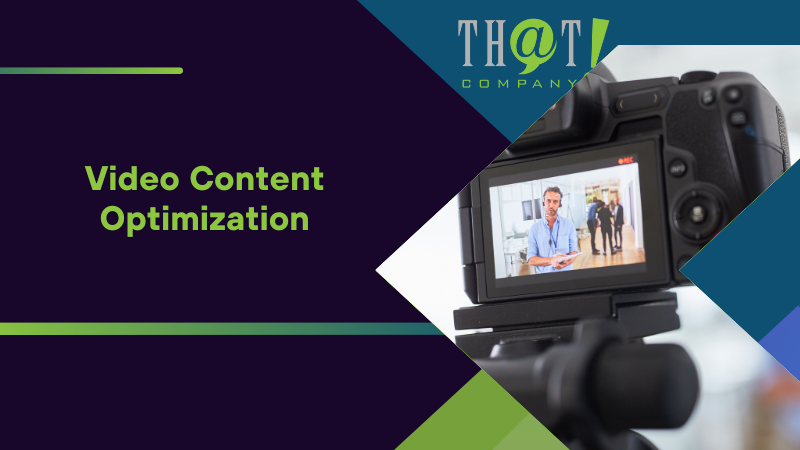
Video Content Optimization
Video content is increasingly important for SEO and is shaping the future of search engine optimization. Experts emphasize creating high-quality videos, which can boost organic search traffic by up to 157%. Incorporating video into SEO strategies means producing engaging, informative content and optimizing titles, descriptions, and tags for better visibility.
Transcribing videos makes them more SEO-friendly and accessible. Transforming existing content into formats like webinars and infographics enhances engagement and SEO performance.
Leveraging diverse content formats and optimizing video content can improve search rankings and attract more organic traffic.
Keyword Research for Videos
Conducting keyword research for video content helps identify relevant search terms. Optimizing video content for search engines by incorporating relevant keywords into titles, descriptions, and tags maximizes visibility. This approach ensures that video content aligns with user search intent and improves its chances of ranking higher in search results.
Understanding keywords that potential viewers search for allows businesses to create videos that meet user needs and attract more organic traffic, improving visibility and search rankings.
YouTube SEO
Optimizing video content is critical for improving visibility and ranking in YouTube search results. Effective use of titles, descriptions, tags, and thumbnails enhances optimization and attracts more views. Keyword research is essential for identifying terms that potential viewers are searching for on YouTube, ensuring that video content aligns with user intent.
Utilizing tools and analytics to find relevant keywords for your video’s content can further enhance its visibility and engagement. By focusing on YouTube SEO strategies, businesses can improve their search rankings on the platform and attract more organic traffic.

Leveraging Social Media for SEO
Social media and SEO are closely intertwined, shaping the future of search engine optimization, with social signals playing a growing role. Video content is trending on social media platforms, highlighting its increasing importance in digital marketing strategies. With an estimated 3.78 billion digital video viewers expected worldwide by 2024, the potential audience for video content is vast.
Platforms like Instagram Reels and TikTok facilitate short-form video content that can engage users effectively. By incorporating video into their social media strategies, businesses can enhance visibility and drive more organic traffic to their websites.
An effective digital marketing strategy hinges on understanding and leveraging the relationship between social media and SEO, ensuring that content is optimized for both platforms.
Social Signals and SEO
Social media signals, such as likes, shares, and comments, influence search engine rankings indirectly by enhancing visibility and driving more organic traffic. These signals do not directly impact rankings but play a crucial role in improving user interactions and engagement. Incorporating social media into SEO strategies can significantly enhance a business’s online presence and search visibility.
By focusing on creating engaging content that resonates with target audiences, businesses can leverage social signals to support their SEO efforts. This approach ensures that content reaches a wider audience and drives more organic traffic, ultimately improving search rankings and achieving long-term SEO success.
Content Promotion on Social Media
Promoting content on social media is essential for enhancing its visibility and driving traffic to your website. Integrating long-tail keywords into social media content can improve SEO by targeting more specific user intents. Using visually appealing content and engaging formats on platforms like Instagram can enhance user interaction and drive traffic to your website.
Combining keyword strategies with engaging visuals on social media is an effective method for boosting content visibility and engagement. By promoting high-quality content on social media platforms, businesses can enhance their search engine optimization efforts and attract more organic traffic.

Advanced SEO Tools and Technologies
The future of SEO is being shaped by advanced tools and technologies that streamline processes and enhance efficiency. AI-powered SEO tools provide insights and automation for various SEO tasks, allowing businesses to optimize content and improve search visibility. These tools can analyze vast amounts of data quickly, providing a more informed approach to SEO strategies.
Comprehensive SEO platforms like That! Company offer a full suite of SEO services, including strategy development, implementation, and ongoing management. For a white label advertising agency, leveraging these advanced tools is key to staying competitive in the evolving SEO landscape, providing a centralized hub for managing diverse tasks and refining strategies based on a unified set of data.
By adopting advanced tools and technologies, businesses can enhance their SEO efforts and achieve better search rankings, ultimately driving more organic traffic and achieving greater SEO success.
AI-Powered SEO Tools
AI-powered SEO tools, such as Semrush Copilot, are designed to enhance SEO performance by providing real-time insights and detailed analytics. These tools can streamline SEO tasks and improve data analysis, resulting in more efficient and effective SEO strategies. By leveraging AI-driven tools, businesses can automate repetitive tasks and focus on strategy development, ultimately enhancing their SEO efforts.
Semrush Copilot offers free access with a Semrush account, making it accessible for SEO professionals and businesses looking to improve their search visibility. By utilizing AI-powered tools, businesses can stay ahead in the competitive SEO landscape and achieve long-term success.
Comprehensive SEO Platforms
Comprehensive SEO platforms, like Semrush, centralize various tasks such as analytics, keyword tracking, and site audits in one solution. By providing a unified set of data, these platforms help users analyze competitors, track performance, and refine strategies, ultimately enhancing productivity and effectiveness.
By adopting a comprehensive SEO platform, businesses can streamline processes, automate repetitive tasks, and enhance decision-making through insightful reports. This approach ensures that SEO efforts are cohesive and aligned with business goals, driving better search rankings and achieving long-term SEO success.

Here are The Advantages of Using That! Company’s White Label SEO Services:
Partnering with That! Company, a trusted white label SEO provider, offers numerous benefits for agencies looking to scale their offerings and enhance client satisfaction. One of the primary advantages is scalability, allowing agencies to manage larger client loads without the need for additional in-house resources, ensuring they can efficiently handle increased demand and grow their business.
That! Company provides comprehensive solutions with a full suite of SEO services, including strategy, implementation, and ongoing management. By delivering services under the agency’s brand, That! Company ensures brand consistency and enhances client retention through detailed reporting and expert support. This approach helps agencies build trust with their clients and achieve long-term success in the competitive digital marketing landscape, positioning them at the forefront of the future of search engine optimization.
Regular Content Updates and Optimization
Regularly refreshing and updating content is crucial for maintaining relevance and rankings in the competitive SEO landscape. High-quality content enhances relevance, ranking, authority, and user experience, making it essential for ongoing SEO success. The shelf life of content is diminishing rapidly due to increased content velocity and competition, necessitating continuous review and optimization of existing content.
By adopting a strategy of ongoing content refresh and optimization, businesses can ensure that their content remains aligned with user intent and adheres to an seo strategy that follows best practices. This approach not only improves search rankings but also enhances user engagement and drives more organic traffic.
Monitoring content performance through analytics is essential for identifying areas for improvement and ensuring that content updates are effective.
Continuous Content Refresh
Continuous content refresh involves reusing and transforming existing content into different formats to maximize reach and effectiveness. AI-driven solutions can automate repetitive tasks, allowing marketers to focus on strategy development and content creation. By regularly updating content and ensuring it remains relevant, businesses can improve their search rankings and attract more organic traffic.
Transforming existing content into various formats, such as videos, infographics, and webinars, can enhance engagement and reach a wider audience. This approach ensures that content remains fresh and aligned with current SEO trends, ultimately driving better search visibility and user engagement.
Tracking and Measuring SEO Performance
Tracking and measuring SEO performance is essential for ensuring ongoing success in the competitive digital landscape. Utilizing tools like Position Tracking in Semrush is crucial for monitoring keyword rankings and identifying areas for improvement. Setting alerts for fluctuations or changes in position allows for timely responses to shifts in keyword performance, ensuring that SEO strategies remain effective.
By regularly monitoring SEO performance and making data-driven adjustments, businesses can improve their search rankings and achieve long-term success. This approach ensures that SEO efforts are aligned with business goals and responsive to changes in the digital marketing environment.

Summary
The future of search engine optimization is shaped by rapid advancements in technology and evolving user behaviors. From AI and machine learning to voice search and augmented reality, this blog highlights the dynamic nature of SEO. Staying ahead requires understanding these trends and continuously adapting.
By leveraging the insights and strategies outlined in this post, businesses can enhance their SEO efforts and achieve sustainable growth. Partnering with experts like That! Company can provide the support and expertise needed to navigate the complexities of SEO and achieve long-term success. As we move forward, staying informed and proactive will be key to thriving in the ever-changing world of digital marketing.

Frequently Asked Questions
What’s replacing SEO?
AI is enhancing SEO, not replacing it, by automating tasks like keyword research and content optimization. This improves efficiency and effectiveness in digital marketing strategies, especially for white label SEO services.
What will be the future of SEO?
The future of SEO will see AI tools becoming essential in enhancing workflows, though they will complement rather than replace human expertise. This shift will enable SEO professionals to concentrate on strategic tasks while leveraging AI for efficiency.
How is AI changing the landscape of SEO?
AI is significantly enhancing SEO by automating processes and improving content relevance, which leads to more accurate and personalized search results. This evolution makes it essential for businesses to adapt their strategies to stay competitive.
Why is voice search optimization important for SEO?
Voice search optimization is important for SEO as more users rely on voice-activated devices. It ensures your content stays relevant for conversational queries and boosts visibility through featured snippets. This adaptation is essential for maintaining competitive advantage in search rankings.
What are Core Web Vitals, and why do they matter?
Core Web Vitals are crucial metrics that evaluate a website’s loading performance, interactivity, and visual stability, significantly impacting both search rankings and overall user satisfaction. Prioritizing these metrics is essential for enhancing user experience and achieving better visibility online.









